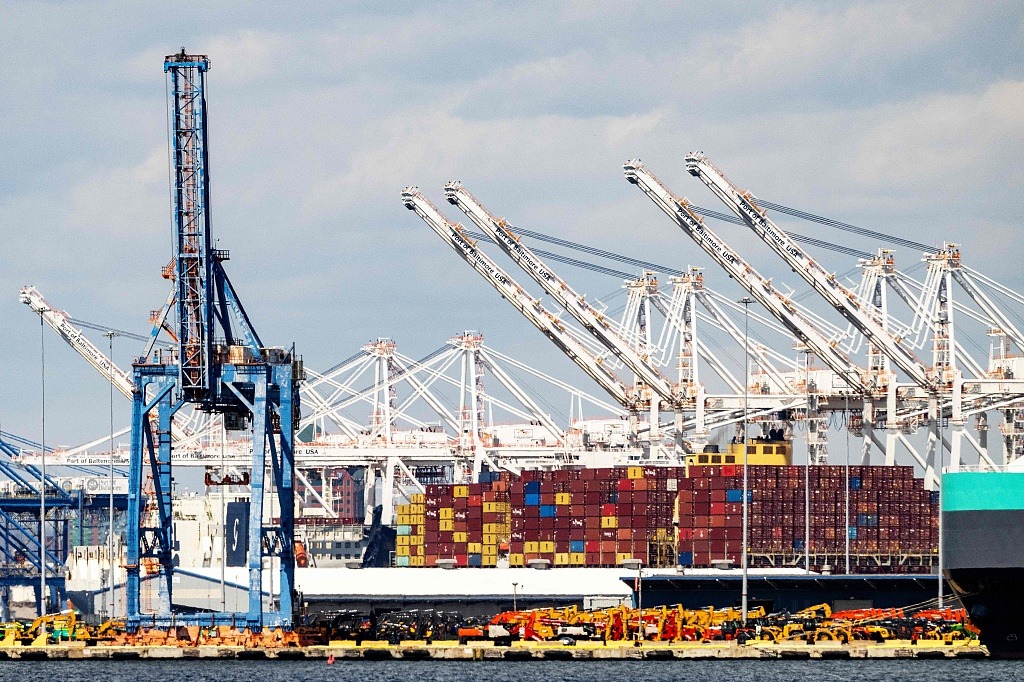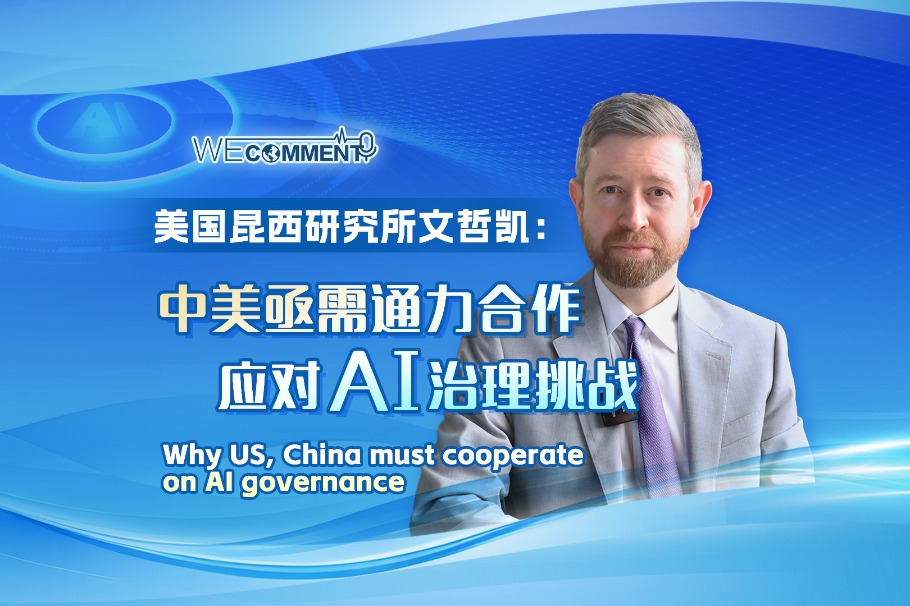AI reshapes race for digital sovereignty
By Thorsten Jelinek | chinadaily.com.cn | Updated: 2025-04-01 17:15
Shared leadership
While the US still leads in frontier AI, China is closely following but is ahead in 5G and shaping 6G standards. China is also making significant strides in 5G-AI integration.
China's tech giant Huawei's 5G-Advanced is an AI-centric network platform, already deployed by more than 60 mobile operators globally, enabling the uplink velocity and low latency required for industrial upgrades to power AI-driven robotics and manufacturing.
That Huawei pursues such an infrastructure-first approach to AI is no coincidence. It reflects China's broader development model, which has always prioritized infrastructure as the primary driver of progress.
Unfortunately, 5G is at the center of geopolitical tensions, which not only delays its deployment and upgrades, but also hinders efforts to make networks more cybersecure, as the proper approach requires implementing policies, international standards and transparent practices.
The US' latest measure is the formation of a National Security Council to further reduce supply chain dependencies and win the strategic competition with China over 5G and 6G.
Digital sovereignty is today's defining policy strategy, where investment and governance decisions in digital transformation should benefit society and promote shared prosperity. It is not only about independent policy choices but building capacity and enhancing technological capability, without resorting to protectionism and coercion.
China is on course to become a global AI innovation center by 2030. Should Chinese AI companies continue pursuing an open-source strategy, China won't be the next AI hegemon but would foster a more inclusive form of dominance.
Through its AI Development and Safety Network and Global AI Governance Initiative, China is actively seeking collaboration on the safety and security of AI, further emphasizing its approach to shared leadership.
The Global South countries can benefit from such a "Digital Westphalia", build upon their own sovereign strategies and bridge their digital divides.
This would stand in stark contrast not only to today but also to history, when a few Western countries maintained a telecommunications monopoly throughout much of the 20th century, making it nearly impossible for poorer countries to break through such asymmetry — except for China.
As Chinese Foreign Minister Wang Yi put it, "Where there is blockade, there is breakthrough; where there is suppression, there is innovation".
After the split with the US, Europe now faces the same "mountain" and is finally more determined to find and navigate its own "mighty river to carve a path through it" to narrow its 80 percent technology dependency gap.
For the US, AI is the driver of the next productivity miracle, which it desperately needs but is still out of reach. Such domestic pressure suggests that significant breakthroughs and innovation are still to come.
The author is a senior fellow and Europe director at the Beijing-based think tank Taihe Institute. He is also a visiting professor at the Aerospace Information Research Institute of the Chinese Academy of Sciences and a fellow at Hertie School's Centre for Digital Governance in Berlin. The views do not necessarily reflect those of China Daily.
























